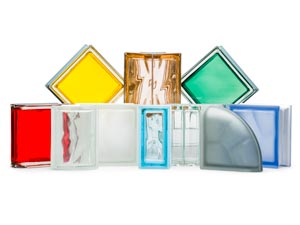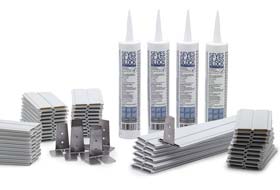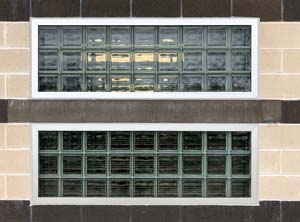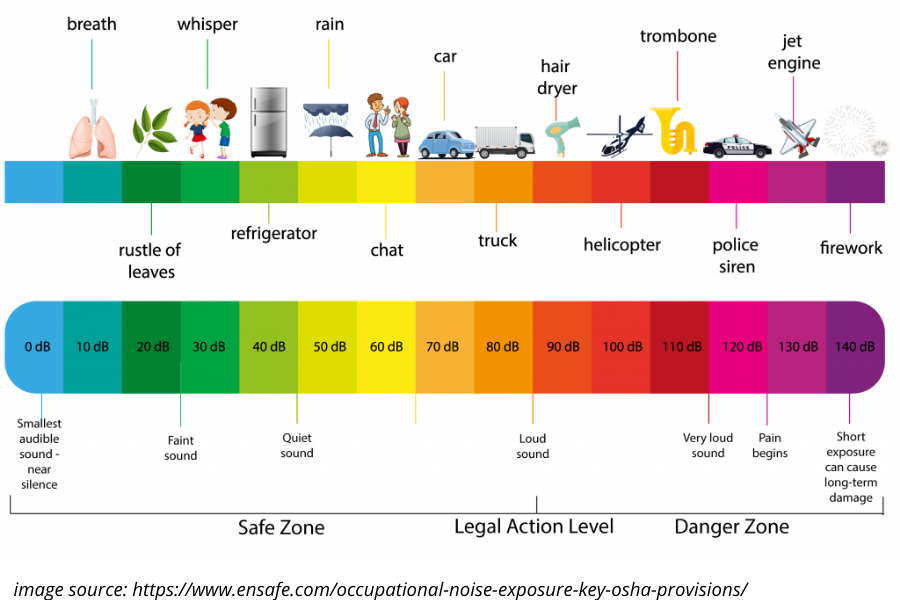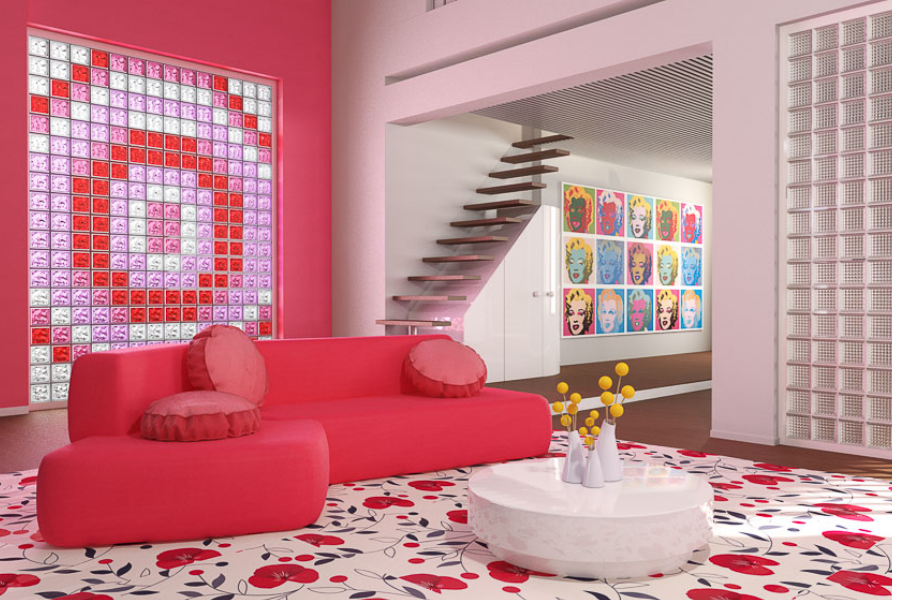Glass Block Walls & Sound Transmission: Combat Noise Pollution
Glass block is known for being a superior building and design material. Homeowners, contractors and architects alike can rely on glass block as a versatile product that simultaneously combines form, function and aesthetic appeal. One feature of glass block increasing its popularity in recent years is its ability to lower interior noise pollution in homes and offices.
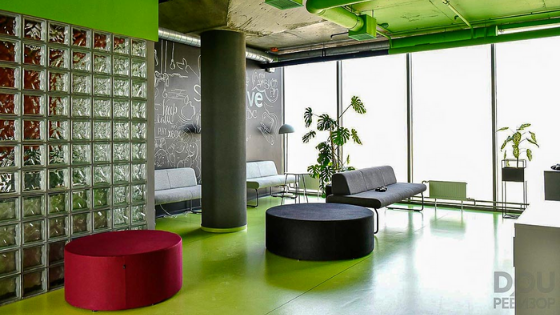
Glass block is known for being a superior building and design material. Homeowners, contractors and architects alike can rely on glass block as a versatile product that simultaneously combines form, function and aesthetic appeal. One feature of glass block increasing its popularity in recent years is its ability to lower interior noise pollution in homes and offices.
What is noise pollution?
Noise, or sound pollution, is the presence and propagation of sound that interferes with the comfort and natural behaviors of the people and animals enduring continual exposure. Urban centers are especially notorious for producing excessive, human-made sounds that are noise pollutants.
Examples of environmental noise pollutants can include:
- Traffic sounds.
- Construction activity.
- Running fans, generators, and copy machines.
- Background music in restaurants and retail centres.
- People speaking.
Why should designers plan to reduce noise pollution?
Noise pollution indoors can negatively impact the health and safety conditions of a home or workplace.
In an office setting, exposure to unwanted noise can distract workers and reduce productivity levels while increasing employee stress. For industrial environments, noise can pose significant risks to an employee's hearing. Specialized safety equipment should be used to protect workers from hearing loss where dangerous noise levels occur. Within residential settings, unwanted noise transfer from rooms or neighboring dwellings can be difficult for neighbours and family members to withstand.
Because of the adverse effect noise pollution can have on a home or building's occupants, architects and designers must consider ways to combat excessive noise levels as part of their design plan.
How much noise is too much?
Most sounds in a home, office or other work setting are not likely to cause hearing damage. However, noise in the upper range of safe decibel levels can negatively affect those in the vicinity of those sounds.
The infographic above shows that noise levels within the 50 - 80 decibel range can be uncomfortable and distracting. Continued exposure to unwanted sounds in that range can result in headaches, fatigue and nausea.
To reduce transmission of ordinary "safe zone" noises, the chosen sound dampening materials should have a minimum Sound Transmission Class (STC) of 38. Windows and other products with an STC of 38 effectively combat noise pollution in the 60db - 90db range.
Several Seves Glass Block products are proven to have STC levels of 39 and above.
Noise is Inevitable
Noise may indeed be inevitable. However, there are noise-lowering tactics builders and designers can use to reduce sound transmission levels effectively. One of those tactics is to incorporate glass block products with sound dampening qualities into a project's design.
Now, let's look at the different ways glass block can help lower noise pollution in homes, offices, and commercial spaces.
Reduce Commercial Noise with Vistabrik Glass Block
Vistabrik®, a solid glass block available in different sizes and finishes, has an impressive 53 STC value, the same as a 150mm thick concrete slab. The Vistabrik glass block is ideal for reducing noise in spaces that commonly reach sound levels between 60db - 89db. Our 4” Premier Series offer an STC range from 35 to 41 while our High Performance Thickset Products offer a STC range from 48 to 50.
Lower Dining Room Noise
In restaurants, patrons typically aren't thrilled when being sat near a dining establishment's kitchen. The noise coming from a bustling kitchen often becomes a source of competition against the diners' personal conversation.
The average noise level in a New York City restaurant and kitchen area is 59dBA - 80dBA.
Vistabrik® can create an effective barrier between the kitchen and dining room that greatly reduces the amount of noise passing from the kitchen. It has a 90-minute fire rating and is impact resistant which will enhance design durability. Additionally, the clear option in the collection can provide unique design opportunities and aesthetic interest.
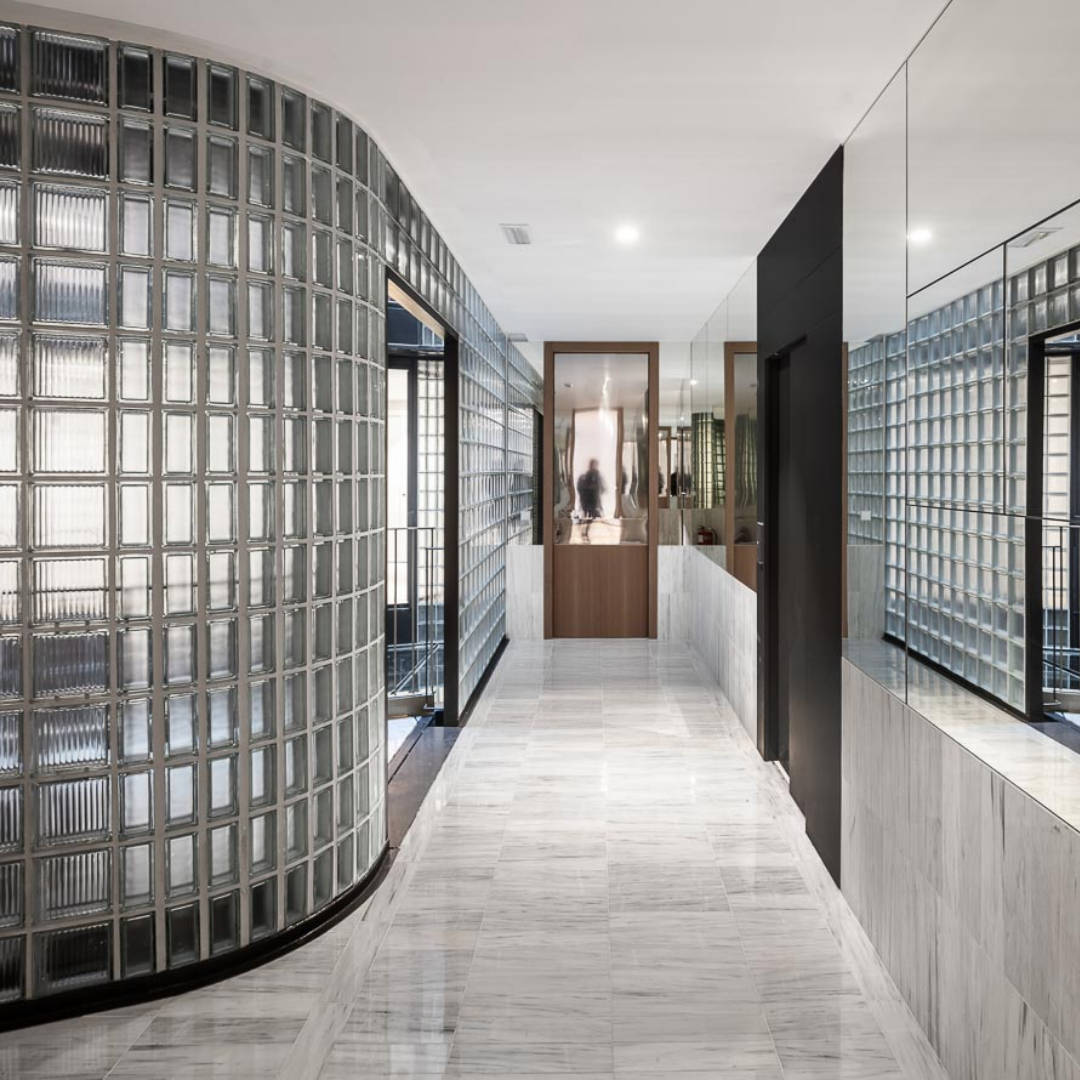
Combat Office Chatter
Often, the number one complaint office workers have about their work environment is having to endure the sounds of co-worker conversations. The sound of chatter has tremendous transmission ability that can leave fellow employees frustrated and unable to focus or concentrate.
Office designers can create quiet office spaces with the help of Vistabrik® glass block. Some ideas for this include:
- Corporate wall partitions.
- Interior glass block windows.
- Create distraction-free zones.
Residential Noise Solutions with Glass Block
Glass has a natural capacity to absorb and deaden sound. Glass block technology takes advantage of this quality to create unique products that considerably lower noise transmission in residential spaces.
Block Out External Noise with Glass Block Window
They say that high fences make good neighbors. At Seves Glass Block, we argue that glass block windows make good neighbors as well!
Noise from neighbors, community activities, traffic sounds can easily be quelled with the installation of noise-reducing glass block windows.
Additional benefits of opting for glass block instead of glass pane windows are increased privacy, security and enduring curb appeal.
Most residential projects that aim to lower noise pollution should use materials with a minimum STC rating of 35. Below are a few examples of Seves glass block products that are ideal for residential windows and interior walls with STC values of 37 or higher.
- 4" Premiere™ Series Clear Alpha
- 4” Premiere™ Series Nubio
- Basic Line in clear and colored glass along with injected color.
- Hurricane resistant glass block windows
Prioritize Ensuite Privacy with Glass Block
Primary ensuites are wonderful features most homeowners find highly desirable. However, if not designed with comfort and privacy in mind, they can become highly undesirable. Fortunately, glass block is a product that can help negate potential ensuite privacy problems.
For a smaller ensuite that feels cramped, adding an interior glass block window or wall between the bedroom and bathroom can add a sense of space without compromising privacy. They also help reduce noise levels by absorbing sound vibrations instead of reflecting or transmitting them further.
Seves Mendini Collection, MyMiniGlass™, Pegasus, and New Color Collections are ideally suited for creating interior windows and design elements to minimize noise transmission. The products in these lines have STC values ranging from 39 to 41.
Reduce Noise Pollution with Seves Glass Block™
Seves Glass Block is the world's leading glass block manufacturer. When looking for new and traditional ways to create beautiful designs that dampen sound and provide exquisite quality and aesthetic appeal, consult our team of experts.
